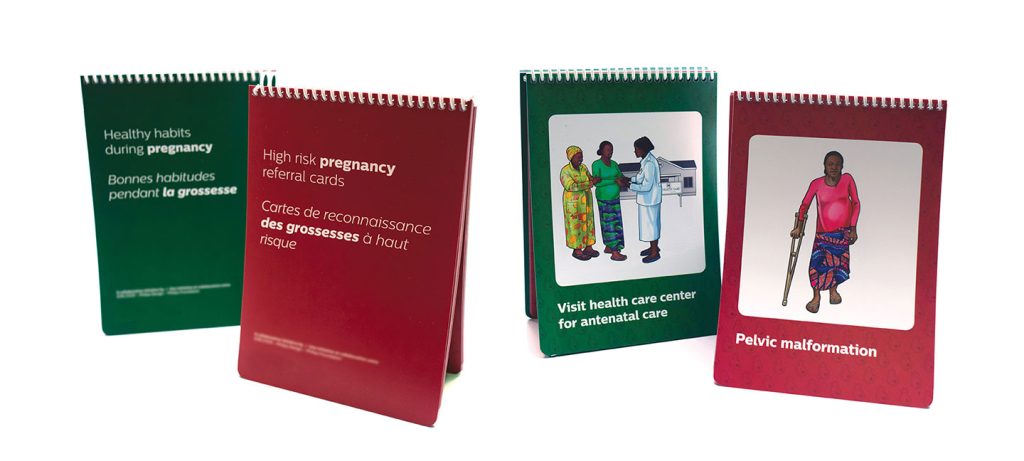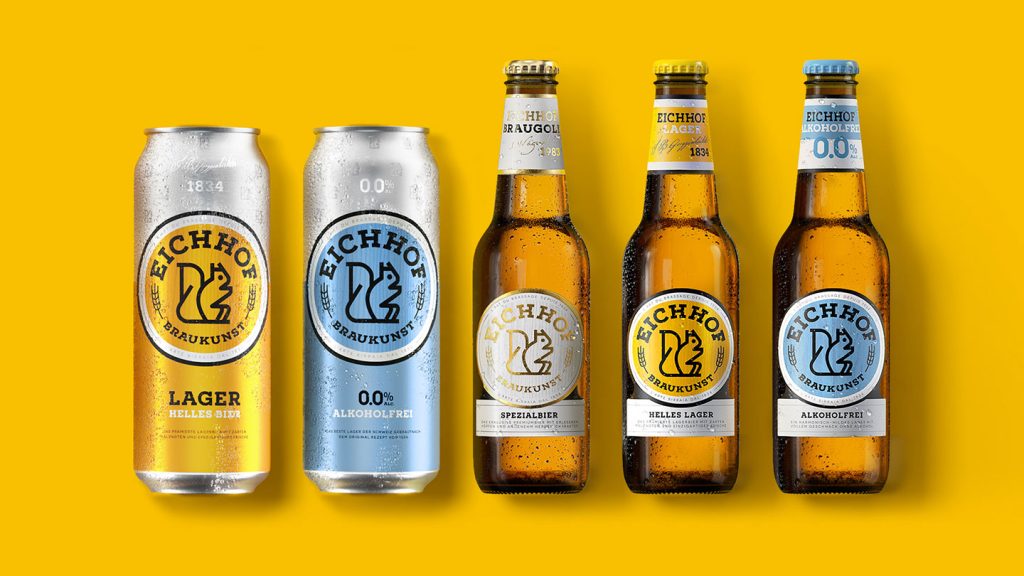LONDON, UK — At the recently held DBA Design Effectiveness Awards, a total of 23 shortlisted projects were awarded Gold, Silver, and Bronze awards.
DBA Design Effectiveness Award winners
While all of the winning projects demonstrate the significant impact design makes across a broad section of industry, from global brands and major retailers to innovative start-ups, charities, and social enterprises, the judges found five particularly outstanding, awarding them coveted Gold awards. The Gold winners are:
- Diageo with Butterfly Cannon for Black Dog: top-of-mind awareness reached all-time high following brand and packaging transformation and the Scotch Whisky became number one in the category for brand equity, having placed third previously.
- Heineken with Pearlfisher for Eichhof: reversed -64% volume decline to +4.7% following complete brand portfolio redesign and outperformed Swiss beer market.
- Gordon & MacPhail with Contagious for Gordon & MacPhail: revenue leaped 71% from selling 18% less whisky, following redesign addressing portfolio complexity.
- Diageo with Dolmen Design & Innovation for Guinness NitroSurge: ground-breaking dispense system enables consumers to achieve beautiful Guinness pints at home and Net sales exceeded Year-5 global target in just nine months from launch.
- Philips Foundation and Philips Experience Design for the High-Risk Pregnancy Referral Tool (Grand Prix & Gold)
The Grand Prix and Gold award winner, The High-Risk Pregnancy (HRP) Referral Tool, is fundamentally improving maternity care in low-resource settings in Africa, by simply communicating technical medical knowledge as easy-to-digest information.


The clarity of its design has seen the HRP Referral Tool touch the lives of over 280,000 women and their families in Kenya, and train more than 700 healthcare workers.
The UN’s 17 Sustainable Development Goals are an urgent, global call for action to promote prosperity while protecting the planet. They recognize that ending poverty must go hand-in-hand with strategies that build economic growth and address a range of social needs while tackling climate change and environmental protection.
Goal Three is focused on good health and well-being for all, of which maternity care is key, especially amongst socio-economically disadvantaged communities. In 2017, Sub-Saharan Africa alone accounted for roughly two-thirds (196,000) of all maternal deaths (WHO, 2019). Most of those deaths were associated with preventable causes and could have been avoided with simple antenatal care services. But in low-resource areas, or regions affected by war and natural disasters, identifying high-risk pregnancies in time to reduce maternal and infant mortality can be challenging.
To improve the situation, the International Committee of the Red Cross, the Philips Foundation, and Philips Experience Design joined forces to create the High-Risk Pregnancy (HRP) Referral Tool to raise awareness at the community level on early signs of potential complications as well as healthy practices during pregnancies.
In remote settings, poor infrastructural conditions limit the delivery of healthcare services even if primary care facilities are in place. Facilities are often hampered by limited or no access to electricity and connectivity, and even when connectivity works, the costs of digital transfer are not affordable. The design, development, and deployment of the HRP referral cards have provided a cost-effective analog tool for communities in these challenging settings.
Specifically designed as a low-cost, portable set of tear-resistant cards which can be taken on household visits by healthcare workers, the HRP Referral Tool translates technical medical knowledge into illustrations and easy-to-digest information on pregnancy. The clarity of the design has ensured the cards are highly effective in equipping traditional birth attendants and community healthcare volunteers with reliable knowledge in:
- Recognizing and explaining the signs and discomforts of high-risk pregnancies to women in the community, encouraging them to approach healthcare centers for consultation and safe delivery.
- Educating and raising awareness on practices for healthy pregnancies, and on the importance of regular antenatal check-ups.
“Earlier risk detection in pregnancy will lead to earlier referrals from the community to the first level of care, and from primary healthcare to hospitals,” said Sigrid Kopp, former Supra Regional Midwife for the International Committee of the Red Cross. “This time factor plays a crucial role when working on the high number of maternal morbidity and mortality in areas where the access to quality healthcare is hampered due to low coverage of healthcare services, harmful cultural practices, war, displacement, insecurity, lack of infrastructure, lack of skilled healthcare providers and lack of awareness and knowledge.”
Delivering impact: In two Kenyan counties, a 15-month evidence-based study of the tool’s effectiveness was conducted and the many benefits generated included:
- The identification and referral of 485 women with pregnancy risks to healthcare centers by healthcare workers.
- An increase in the number of 1st and 4th antenatal care visits in study facilities in both counties.
- 75% of women of reproductive age in the county of Siaya, and 91% in Bomet reported gaining new knowledge on risks and danger signs in pregnancy, with the most mentioned including excessive vomiting and absence of fetal movement.
- There was a significant increase in knowledge of healthy habits in pregnancy in both counties, with the most mentioned including healthy eating, drinking clean water, avoiding carrying heavy weights, and attending antenatal care visits.
- A reduction in the number of high-risk complications in pregnancy was reported by health workers, which they attributed to timely referrals related to the use of the tool.
Global impact: The HRP tool has had such an impact in Sub-Saharan Africa touching the lives of over 280,000 women and their families, there are now plans to adapt and scale the tool in China, to help provide better healthcare services to pregnant mothers in remote, rural communities there.
DBA CEO Deborah Dawton said, “In using design to respond to a key priority within the UN’s Sustainable Development Goals, the DBA Design Effectiveness Grand Prix Award-winning, High-Risk Pregnancy Referral Tool is having a profound impact on the lives of women and their families. As the world increases its reliance on technology, there are many communities around the world that those advancements cannot reach. The design of the HRP referral tool is a fantastic example of how design can deliver powerful, appropriate solutions to reach communities across varying socio-demographics to create positive change for people and the planet.”
Chairman of the Judges Clive Grinyer concluded, “It’s been a huge pleasure to chair the discussions with experts across design and business to identify and celebrate such inspiring examples of the power of design. My congratulations to all the DBA Design Effectiveness Award winners.”










